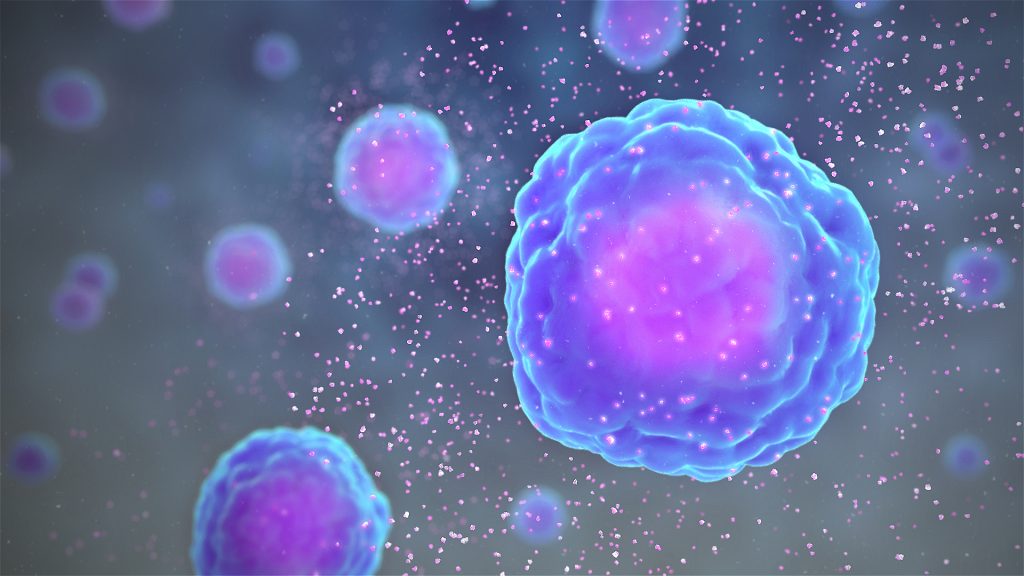Editor’s summary
Spontaneous labor involves complex communication between maternal and fetal cells, but our understanding of this cross-talk is limited. Here, Garcia-Flores and colleagues generated a single-cell atlas of the human placenta during term labor and performed cell-cell interaction analyses to better understand labor-driven maternal and fetal cell signaling changes. By combining their single-cell RNA-sequencing (RNA-seq) data with bulk RNA-seq datasets, they showed that placental signatures could be monitored in maternal blood during pregnancy and labor and that the signals in term labor were also present in cases of spontaneous preterm labor. Furthermore, signals were present in the blood of pregnant women who went on to experience spontaneous preterm birth, suggesting that it might be possible to develop tests to predict development of spontaneous preterm birth. —Melissa L. Norton
Abstract
Labor is a complex physiological process requiring a well-orchestrated dialogue between the mother and fetus. However, the cellular contributions and communications that facilitate maternal-fetal cross-talk in labor have not been fully elucidated. Here, single-cell RNA sequencing (scRNA-seq) was applied to decipher maternal-fetal signaling in the human placenta during term labor. First, a single-cell atlas of the human placenta was established, demonstrating that maternal and fetal cell types underwent changes in transcriptomic activity during labor. Cell types most affected by labor were fetal stromal and maternal decidual cells in the chorioamniotic membranes (CAMs) and maternal and fetal myeloid cells in the placenta. Cell-cell interaction analyses showed that CAM and placental cell types participated in labor-driven maternal and fetal signaling, including the collagen, C-X-C motif ligand (CXCL), tumor necrosis factor (TNF), galectin, and interleukin-6 (IL-6) pathways. Integration of scRNA-seq data with publicly available bulk transcriptomic data showed that placenta-derived scRNA-seq signatures could be monitored in the maternal circulation throughout gestation and in labor. Moreover, comparative analysis revealed that placenta-derived signatures in term labor were mirrored by those in spontaneous preterm labor and birth. Furthermore, we demonstrated that early in gestation, labor-specific, placenta-derived signatures could be detected in the circulation of women destined to undergo spontaneous preterm birth, with either intact or prelabor ruptured membranes. Collectively, our findings provide insight into the maternal-fetal cross-talk of human parturition and suggest that placenta-derived single-cell signatures can aid in the development of noninvasive biomarkers for the prediction of preterm birth.







